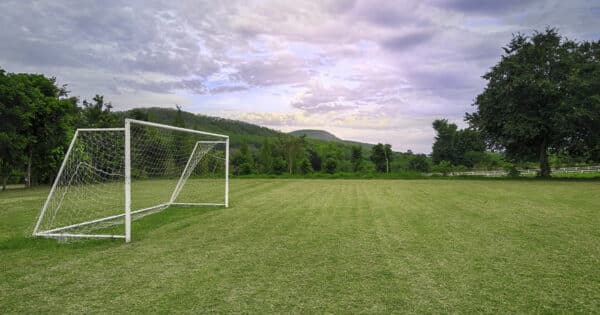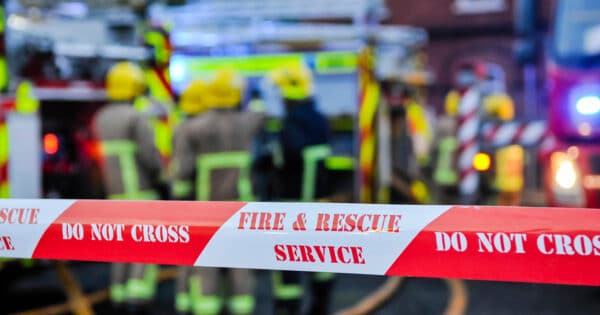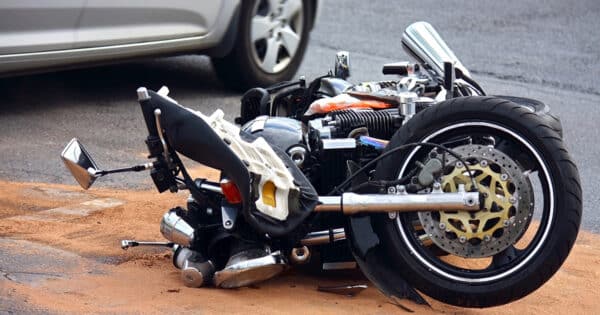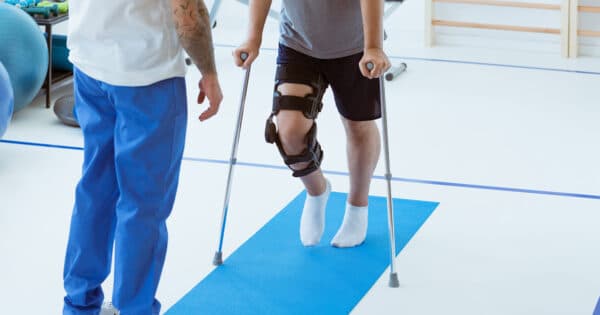Many people have been unfortunate enough to witness a disturbing and traumatic event, like a road traffic accident. However, the circumstances when a bystander to a shocking incident can make a claim for personal injury are restricted.
A recognised psychiatric condition
In order to make a claim, a claimant must first produce medical evidence that the psychiatric injury amounts to a recognised psychiatric condition.
An independent medical expert, who has never seen the claimant before will conduct a psychological assessment to determine whether their symptoms amount to a recognised psychiatric injury. Importantly, the claimant must have suffered a condition which is more than just temporary grief, distress, or any normal emotion.
Primary or secondary victim?
The important distinction between Primary and Secondary victims was established in the leading case of Alcock v Chief Constable of South Yorkshire Police.
In Alcock, the House of Lords (now Supreme Court) endeavoured to impose restrictions on who is eligible to make a claim for their psychiatric injuries. In this case, numerous spectators made a claim for psychiatric injuries they had developed from having watched the shocking tragedy at the Hillsborough football stadium in 1989. Claimants had observed the horrific events from other areas of the stadium, on the television, and through word of mouth.
In an attempt to restrict the potentially thousands of claims, the House of Lords made a distinction between categories of ‘victim’ of the incident, and essentially who could make a legitimate claim.
First, two categories of victims were outlined.
Primary victims
A Primary Victim is someone who has been directly and immediately involved in the dangerous or traumatic event. They will likely have suffered a physical injury in addition to their psychiatric injury, but this may not always be the case.
A Primary Victim must show that their personal injury (whether physical or psychiatric) was reasonably foreseeable as a result of the Defendant’s negligence. If this is established, then the claimant will be considered a Primary Victim.
In the Hillborough Disaster, the Primary Victims were those who were directly injured in the overcrowding in the stands, 95 of whom sadly lost their lives and 400 who required medical treatment.
Secondary victims
A Secondary Victim, on the other hand, will usually witness the traumatic event occur to the Primary Victim. They will not have been in the same immediate danger as a Primary Victim. Whilst they do not suffer physical injury themselves, they suffer psychiatric injury from having seen the event.
A Secondary Victim must show that it was reasonably foreseeable that someone of reasonable mental fortitude would have suffered some kind of injury, whether physical or psychological.
Those claiming to be Secondary Victims following the Hillsborough Disaster were the thousands of spectators who had witnessed the crowds of people becoming trapped and injured in the stands. Still, more witnessed the event being broadcast on television – and these people could be counted in their millions.
‘Control mechanisms’ for secondary victims
In addition to showing that psychiatric injury was reasonably foreseeable, Secondary Victims must satisfy additional requirements in order to become eligible to make a claim.
The following ‘control mechanisms’ were imposed by the House of Lords’ decision in Alcock.
- A Close Tie of Love and Affection to the Immediate Victim
The Court will examine the relationship between the person to whom the tragic event occurred to (the Primary Victim), and the person who witnessed it (the Secondary Victim). There is a presumption of close ties between spouses, and parents and children. Otherwise, the close tie of love and affection must be proven. For example, a close tie of love and affection must be proven between siblings, or friends. The Court will require robust evidence in order to be satisfied of this fact.
If there is not sufficient ‘closeness’ between them, then the Court will not allow the Secondary Victim’s claim to be made. - Closeness in Space and Time to the Traumatic Event
The claimant must be present at the event in question. This requires that the claimant be sufficiently proximate in terms of timing and physical location to the event, and not part of the aftermath. This will usually require the Secondary Victim to be present to witness the event unfold, as opposed to arriving later and seeing the disturbing scene afterwards. - The Victim must have Witnessed the Event through their own Unaided Sense
This requirement arose directly from the fact that many people alleging themselves to be Secondary Victims had observed the Hillsborough Disaster on television. Though the people who watched the scenes on the television would have been traumatised, the House of Lords did not allow their claims to succeed because they had not seen and heard the event directly.
The ‘causal link’
There must always be a direct link between the traumatic event and the recognised psychiatric condition which was developed.
‘Mere bystanders’
The control mechanisms have created difficulties for prospective claimants who have witnessed a horrifying scene and developed a legitimate psychiatric condition as a result. They are considered to be ‘mere bystanders’: those who were unfortunate enough to have observed the shocking event yet cannot make a legal claim. The challenge is that simply observing a tragic event from a safe location will not put that person in immediate danger, so they would be ruled out as a Primary Victim.
The question turns to whether they could be a Secondary Victim. This first requires that a person of reasonable fortitude would have suffered some kind of injury. Someone may be very unfortunate to witness a disturbing and tragic event, but a claim is not possible if the tragedy is one which ordinary people would be expected to cope with seeing.
Moreover, the ‘control mechanisms’ must be satisfied. The Court would ask questions about the closeness of the prospective claimant’s relationship with the injured person, and the physical proximity and timing between them. For those unfortunate enough to witness a traumatic event occur someone they do not know, it will be difficult to overcome these mechanisms.
Summary
In summary, if a claimant suffers psychiatric harm in circumstances where they were objectively in direct and immediate danger, then their claim may be successful. If, however, the claimant was not in immediate danger, they will not be able to recover for their psychiatric injury unless they can:
- Demonstrate that someone of reasonable mental fortitude would have suffered some kind of injury; and
- Overcome the ‘control mechanisms’ established by the Courts.
Experienced and dedicated personal injury team
We provide a highly professional service when representing clients for a personal injury claim. We work hard to understand the nature of each situation, and ensure that our clients achieve the best possible compensation following their accident.
Our specialist personal injury lawyers offer legal services within the UK and abroad from offices in London, Richmond, Southampton, Guildford, Lymington and Woking.







